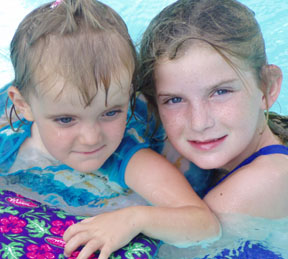|
Positioning techniques for infants with OI
Carrying Techniques
Components of proper positioning:
It is important that your infant's limbs are carefully supported. Their trunk should be straight, not curved. Your infants
legs should never be allowed to flop out to the side in a "frogged-leg" position. Their legs should be kept together
with their knees and feet pointing forward, not inward or outward. Arms and legs should be supported in a position that your
infant can begin moving from on their own. Simple household items may be sufficient to provide safe positioning (towel rolls,
craft foams). In some cases specialized positioning equipment may be required.
You may choose to use a gel pad to provide sufficient support and to prevent skull flattening. Ask your medical team about
these items. If your infant is diagnosed at birth, ask for a physical therapist to demonstrate proper positioning and carrying
techniques. You can direct them to our site for proper techniques. The physical therapist can teach you these things without
having to move your baby too much.
specialized positioning equipment
This link includes positioning equipment such as:
Baby Bendy and Bendy Bumper
Gel-E Donut, Squishon 2 and 3, Squishon Matress
Cozy Care Sheepskin
Snuggle up
Wee-Fit
You may ask the hospital personnel for these items. If the hospital has a NICU they might have these for your newborn
to use in the hospital. Some nurses will let you take them home with you.
versaform pillow
specialized positioning equipment
|

